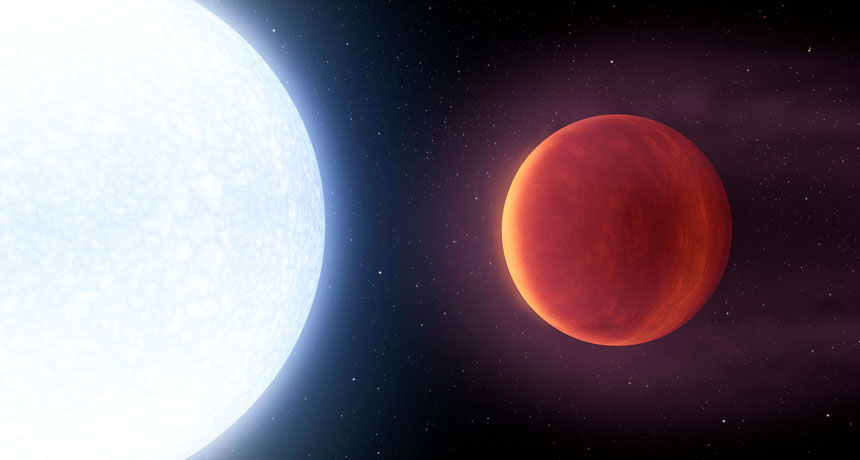atmosphere The envelope of gases surrounding Earth or another planet.
atom The basic unit of a chemical element. Atoms are made up of a dense nucleus that contains positively charged protons and uncharged neutrons. The nucleus is orbited by a cloud of negatively charged electrons.
comet A celestial object consisting of a nucleus of ice and dust. When a comet passes near the sun, gas and dust vaporize off the comet’s surface, creating its trailing “tail.”
equator An imaginary line around Earth that divides Earth into the Northern and Southern Hemispheres.
exoplanet A planet that orbits a star outside the solar system. Also called an extrasolar planet.
gas giant A giant planet that is made mostly of the gases helium and hydrogen. Jupiter and Saturn are gas giants.
hybrid An organism produced by interbreeding of two animals or plants of different species or of genetically distinct populations within a species. Such offspring often possess genes passed on by each parent, yielding a combination of traits not known in previous generations. The term is also used in reference to any object that is a mix of two or more things.
Jupiter (in astronomy) The solar system’s largest planet, it has the shortest day length (10 hours). A gas giant, its low density indicates that this planet is composed of light elements, such as hydrogen and helium.
light-year The distance light travels in one year, about 9.48 trillion kilometers (almost 6 trillion miles). To get some idea of this length, imagine a rope long enough to wrap around the Earth. It would be a little over 40,000 kilometers (24,900 miles) long. Lay it out straight. Now lay another 236 million more that are the same length, end-to-end, right after the first. The total distance they now span would equal one light-year.
molecule An electrically neutral group of atoms that represents the smallest possible amount of a chemical compound. Molecules can be made of single types of atoms or of different types. For example, the oxygen in the air is made of two oxygen atoms (O2), but water is made of two hydrogen atoms and one oxygen atom (H2O).
moon The natural satellite of any planet.
orbit The curved path of a celestial object or spacecraft around a star, planet or moon. One complete circuit around a celestial body.
planet A celestial object that orbits a star, is big enough for gravity to have squashed it into a roundish ball and has cleared other objects out of the way in its orbital neighborhood. To accomplish the third feat, the object must be big enough to have pulled neighboring objects into the planet itself or to have slung them around the planet and off into outer space.
radiation (in physics) One of the three major ways that energy is transferred. (The other two are conduction and convection.) In radiation, electromagnetic waves carry energy from one place to another. Unlike conduction and convection, which need material to help transfer the energy, radiation can transfer energy across empty space.
science fiction A field of literary or filmed stories that take place against a backdrop of fantasy, usually based on speculations about how science and engineering will direct developments in the distant future. The plots in many of these stories focus on space travel, exaggerated changes attributed to evolution or life in (or on) alien worlds.
solar wind A flow of charged particles (including atomic nuclei) that have been ejected from the surface of the star, such as our sun. It can permeate the solar system. This is called a stellar wind, when it radiates out from a star other than our sun.
star The basic building block from which galaxies are made. Stars develop when gravity compacts clouds of gas. When they become dense enough to sustain nuclear-fusion reactions, stars will emit light and sometimes other forms of electromagnetic radiation. The sun is our closest star.
sun The star at the center of Earth’s solar system. It’s an average size star about 26,000 light-years from the center of the Milky Way galaxy. Also a term for any sunlike star.








